Read next
The latest news, updates and expert views for ambitious, high-achieving and purpose-driven homeowners and property entrepreneurs.


Golf courses make up 7.1% of London’s Green Belt.
You read that correctly.
While many people picture the Green Belt as endless stretches of untouched greenery, the reality is that much of the land in the Green Belt is more grey than green, protected by a retro policy that is long overdue for an update.
But change is on the horizon.
As the English planning system faces a reevaluation in 2025, Green Belt reforms have been introduced that better align the policy with today’s housing needs.
How does this relate to golf courses?
Well, off the back of these changes, it’s likely we’ll see a selection of England’s Green Belt golf courses transformed into much-needed housing developments in the coming months and years.
But is this a good thing, or bad? In this article, we’re going to unpack all sides of this nuanced debate, examining if golf courses are a good idea for development or if their potential is overblown.
Let’s tee off (sorry).
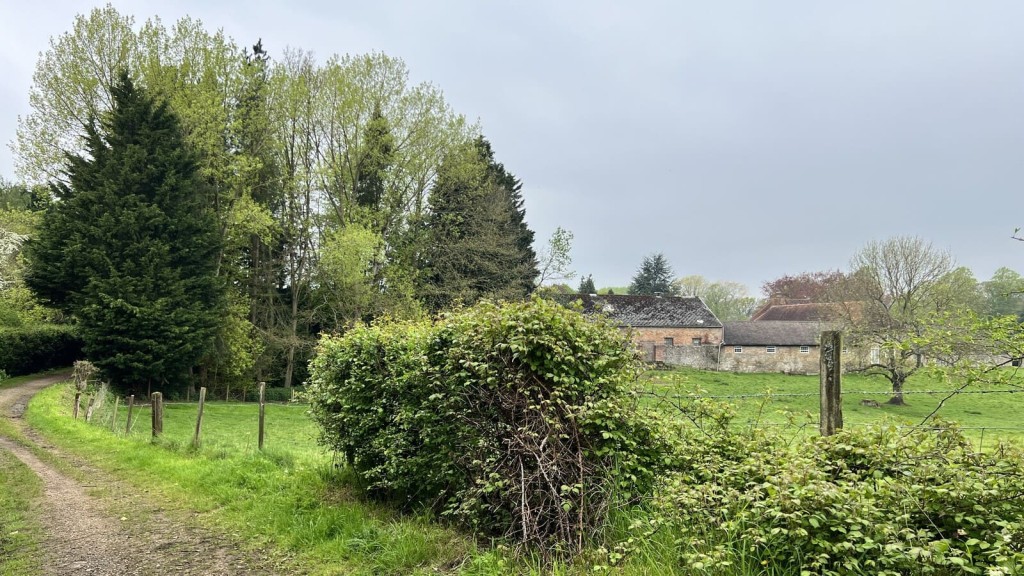
We’ve written multiple pieces on what the Green Belt is as well as what the government’s key National Planning Policy Framework (NPPF) changes are, so we will keep this section of the article brief.
In a nutshell, the Green Belt is a land-use policy that exists to prevent urban sprawl and keep the countryside open. It was introduced in the 1930s yet despite the drastically different contexts of then and now, the policy has barely evolved.
According to the 2024 National Planning Policy Framework (NPPF), the Green Belt serves five core purposes:
(a) to check the unrestricted sprawl of large built-up areas;
(b) to prevent neighbouring towns merging into one another;
(c) to assist in safeguarding the countryside from encroachment;
(d) to preserve the setting and special character of historic towns; and
(e) to assist in urban regeneration, by encouraging the recycling of derelict and other urban land.
While its name conjures images of lush, open landscapes, the Green Belt doesn’t quite live up to its evocative title. Because the Green Belt’s fundamental purpose is to prevent urban sprawl rather than for environmental protection (a classic Green Belt myth), a lot of the land is overvalued and is unworthy of the protection it enjoys.
Why? Because Green Belt land is allocated according to where it is rather than for what it is. Shockingly, only 22% of London’s Green Belt is designated as environmentally protected land, parks, or public access areas, while 59% is used for agriculture, and 7.1% is occupied by golf courses, as we mentioned at the top.
Though it resisted change for almost a century, in December 2024, big changes to the Green Belt were at last finalised.
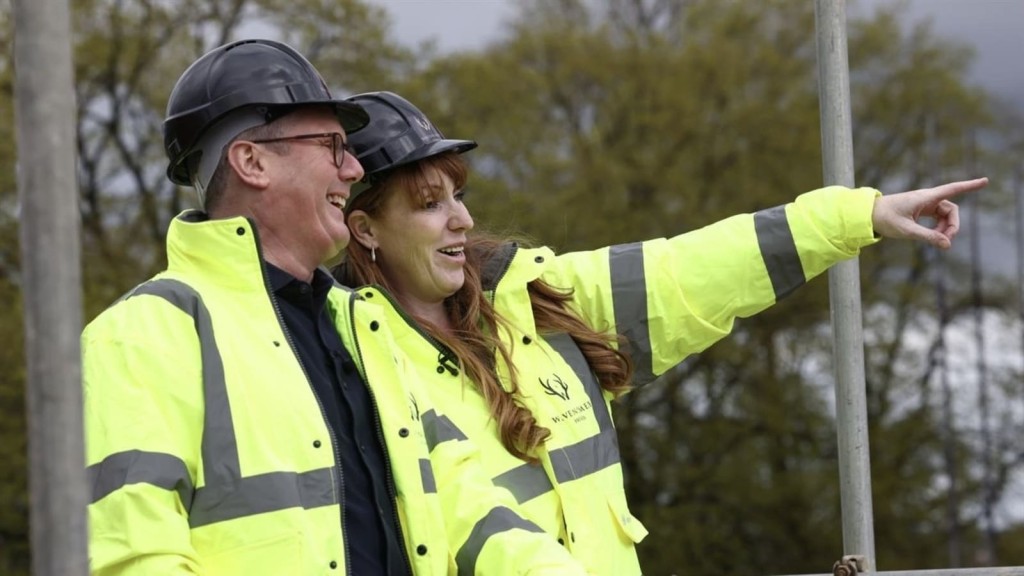
Only six months after being elected, the government unveiled a new NPPF, introducing significant changes to both the planning system and the Green Belt in an effort to address the UK's housing shortage.
Before we get into what this might mean for England’s Green Belt golf courses, let’s take a look at the key changes.
According to the glossary of the new NPPF, ‘Grey Belt’ is 'defined as land in the Green Belt comprising previously developed land and/or any other land that, in either case, does not strongly contribute to any of purposes (a), (b), or (d) in paragraph 143.'
Those three purposes are:
Purpose a: to check the unrestricted sprawl of large built-up areas
Purpose b: to prevent neighbouring towns merging into one another
Purpose d: to preserve the setting and special character of historic towns.
The definition then continues, '‘Grey Belt’ excludes land where the application of the policies relating to the areas or assets in footnote 7 (other than Green Belt) would provide a strong reason for refusing or restricting development.'
Those areas mentioned in footnote 7 are places like Sites of Special Scientific Interest, Areas of Outstanding Natural Beauty and more.
The newly defined Grey Belt will, under the right circumstances — such as when there’s no brownfield land left for development or if a council isn’t meeting its housing targets — be opened up for development. This is a huge change given how sacred the Green Belt has been for decades, with construction only permitted under very special circumstances or if there are Green Belt exceptions at play.
The next crucial change is the reinstatement of the mandatory housing targets. These housing targets require that every LPA meets its housing goal, or be forced to consider other avenues for increasing development in their localities.
This might include revising Green Belt boundaries to allow for additional housing (this is now mandatory where a council isn’t meeting its targets), or it could mean that a ‘presumption in favour of sustainable development’ will apply, requiring councils to approve applications that they otherwise may not have.
The last major Green Belt change is the introduction of the golden rules for development, which prioritise sustainable development over slap-dash solutions with little thought to the future.
The rules include that major developments on newly released Green Belt land must include at least 50% affordable housing, that there is a provision for new or improved green spaces that are accessible to the public, and that improvements to local or national infrastructure are made where necessary.
These rules demonstrate the government’s commitment to thoughtful development; it’s not about destroying the environment in the name of homebuilding, it’s about making better use of overvalued land and developing the homes that are needed in a thoughtful and effective way.
Now we’ve got that context covered, let’s take a look at what all this means for the future of Britain’s golf courses.
Alongside the changes set out in the new National Planning Policy Framework, something equally significant is happening closer to home. In a major shift, London Mayor Sadiq Khan has thrown his support behind the idea of building on parts of the capital’s Green Belt - and he’s planning to make it happen.
In May 2025, the Mayor announced that City Hall would begin actively exploring the release of certain Green Belt sites for new housing.
This marks a clear departure from his long-standing position of preserving the Green Belt in its entirety.
The reason? London needs homes - fast.
Khan pointed out that London requires around one million new homes over the next decade, but we’re currently only building about 35,000 a year - well below the 88,000 needed annually.
Crucially, he acknowledged what many planners and architects have been saying for years: brownfield land alone won’t cut it. That’s where the idea of the Grey Belt comes in.
The plan is to focus development in Grey Belt areas, especially where there’s good access to transport, while making sure new housing also supports biodiversity and improves public access to green space.
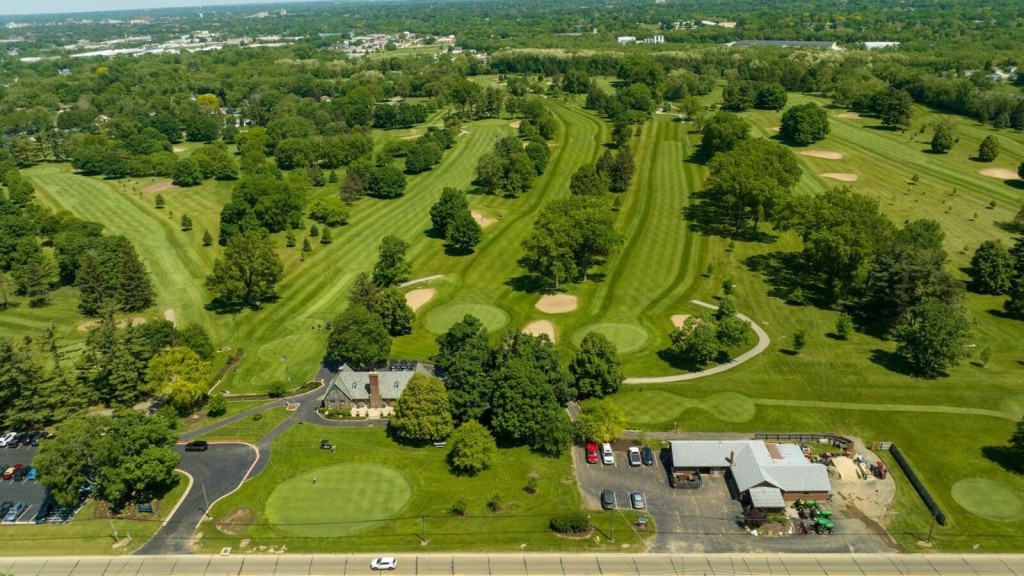
As mentioned, many of England’s 2200 golf courses are located in Green Belt areas.
Given Green Belt land that doesn’t meet the core purposes of the policy could soon be reallocated as Grey Belt and opened up for development, there’s a chance that some golf courses could soon be reconsidered for much-needed housing development.
There has been debate around this possibility; some people believe golf courses offer a great outlet for physical activity and mental wellness, while others argue they’re playgrounds for the elite that block non-members from accessing what might otherwise be open green space.
Then there are people who are unfazed and fall in the middle, as well as those who believe a smarter use of these spaces could supply the land needed to overcome the housing crisis.
Who is right? Let’s take a look at this discussion from all angles.
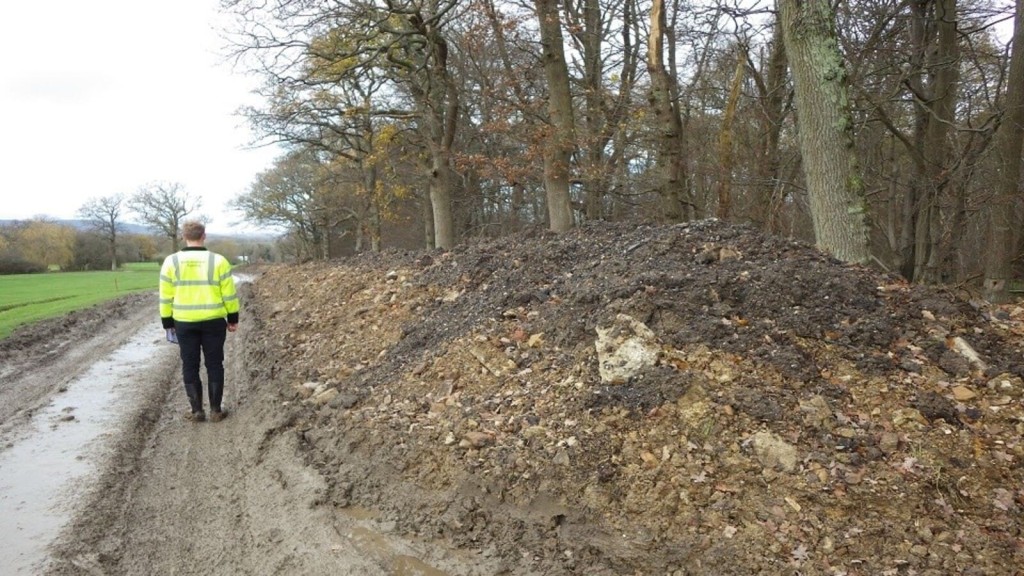
While some progressive golf clubs are embracing sustainability through renewable energy, water recycling systems, and wildlife habitat preservation, the majority remain resource-intensive facilities serving a limited demographic.
Given the pressing need for housing in many regions, there is a compelling argument for reconsidering how these extensive land parcels in the Green Belt could better serve communities.
Here are the main reasons why:
It’s hard to deny that keeping golf courses pristine in England takes a toll on the environment.
Not only do our golf courses require an astonishing 16 billion litres of water each year but maintaining golf courses also demands significant fuel consumption for mowing, irrigation, and other upkeep, contributing to greenhouse gas emissions.
There is also concern around the fertilisers, pesticides, and herbicides that are commonly used to keep golf courses looking up to par. These chemicals can seep into soil and waterways, contaminating groundwater and harming local wildlife.
Let's talk about land efficiency - and the numbers might surprise you.
Golf courses consume vast swaths of Green Belt land, with a typical 18-hole course spanning 100 to 200 acres. Yet these expansive spaces serve an astonishingly small segment of society, with recent data showing that just 15% of golf club members are female, and annual memberships typically exceed £1,000, making it an exclusive pursuit rather than a genuine public amenity.
What's particularly striking is that these aren't pristine wilderness areas we're protecting. Golf courses are already developed landscapes, carefully manicured and maintained through intensive management practices.
The land has been shaped, drainage systems installed, and natural vegetation replaced with carefully selected grasses and ornamental features. In other words, we're not preserving untouched countryside - we're maintaining artificial landscapes for a select few.
This raises an obvious question about efficiency and equity in land use. While cities grapple with severe housing shortages and young families struggle to find affordable homes, these vast tracts of semi-developed land sit behind membership barriers, used for just a few hours each day by a handful of players. It's a stark example of how outdated Green Belt policies can lock away land that could better serve broader community needs.
For the sake of balance, we should acknowledge the benefits golf can bring.
There is no question that golf is excellent exercise, great for mental health, and a valuable way for people to enjoy some leisure time with one another.
However, given the glut of golf courses in the UK, it does seem like an unfair use of such a vast amount of land that could be put to better use in the middle of a housing crisis.
No one is calling for all golf courses to be shut down and repurposed, but any sensible person can see the number of courses in England is out of step with the trivial number of people it benefits.
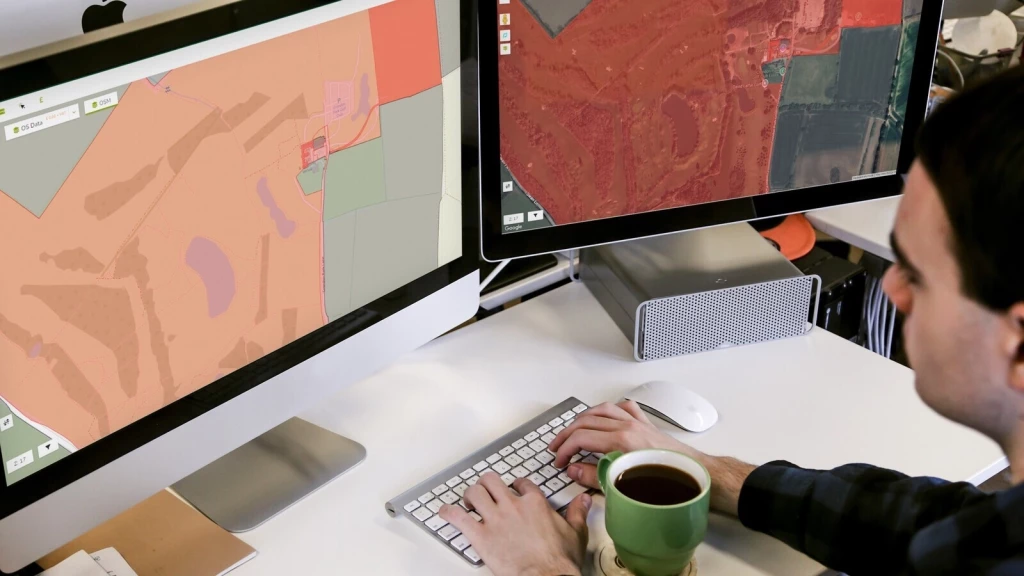
With an understanding of the differing views on the value of golf courses under our belt, let’s now explore why many experts consider them to have significant development potential.
When it comes to development potential, golf courses offer a distinct advantage that many other Green Belt sites simply can't match. Many sit on the edges of towns and cities, making them perfectly situated for sustainable housing development.
These aren't remote parcels of land requiring entirely new infrastructure - they're often just a stone's throw from existing communities, with bus routes, schools, and local amenities already in place. This proximity to established services makes them natural candidates for new housing.
Most are also already seamlessly connected to existing infrastructure networks - from well-maintained access roads to established utility connections. This translates directly into development efficiency and cost savings. Rather than laying miles of new pipes and cables or constructing entirely new road networks as you’d have to on an isolated greenfield site, many of these courses come with the foundations of development already in place.
It's not just about convenience - it's about creating logical, organic extensions to our communities that make the most of the resources we already have. This is smart growth in action, utilising land that's both well-connected and ripe for integration with surrounding neighbourhoods.
The beauty of redeveloping golf courses lies in their sheer scale, offering a rare opportunity for truly thoughtful, comprehensive planning. With 100-200 acres typically available, we're not talking about cramming in as many houses as possible - we're looking at the potential for carefully crafted communities that blend homes with generous public spaces. It's about reimagining these vast spaces in a way that benefits everyone, rather than just a select few.
This isn't an all-or-nothing proposition. The expansive nature of golf courses allows for creative approaches where development and green space can coexist harmoniously.
Imagine transforming a former golf course into a new neighbourhood where winding paths and preserved woodland - perhaps even some of the course's original features - create natural corridors between clusters of homes. These spaces could be genuinely available to the public, replacing membership-only grounds with parks and recreation areas that everyone can enjoy.
The size of these sites also presents an opportunity to think bigger than just housing. We could create true community hubs, incorporating schools, health facilities, and local shops alongside new homes.
With careful masterplanning, these developments could include everything from community gardens to sports facilities, ensuring that while we may lose a golf course, we gain something far more valuable - a vibrant, accessible community space that serves the many rather than the few.
It's time we had an honest conversation about the economics of golf courses in today's market. A recent whitepaper by Custodian Golf revealed a sobering reality: 433 clubs in Great Britain face imminent closure due to spiralling maintenance, insurance, and operational costs.
While some prestigious clubs continue to thrive, Custodian Golf’s research, ‘Securing the Future of Golf: From Challenge to Opportunity’, exposes the mounting financial pressures threatening the industry's sustainability, raising important questions about whether these vast spaces could be put to more economically productive use.
The potential economic ripple effects of thoughtful redevelopment are significant. We're not just talking about the immediate impact of construction jobs - though these shouldn't be overlooked - but the lasting economic boost that new communities bring.
When you introduce hundreds of new households to an area, you're creating a sustained demand for local services, from coffee shops and supermarkets to childcare providers and fitness centres. This generates employment opportunities and strengthens the local economic fabric in ways that a struggling golf course simply cannot.
Local authorities would also benefit from an expanded tax base, while the construction phase itself injects significant investment into the area. In an era where many golf courses are fighting to stay afloat, reimagining these spaces for housing represents a more sustainable, economically viable future that benefits the broader community rather than maintaining financially precarious facilities for a diminishing membership base.

If you’re a golf junkie, don’t stress - there will still be plenty of golf courses left across the country and the sport is by no means at risk of extinction. However, it’s likely we will see a few be reallocated over the coming years as the government thinks outside the box to ramp up its housing supply.
Key criteria guiding which golf courses or Green Belt areas may be considered for development are likely to include proximity to public transport, urban centres, or existing infrastructure.
With this in mind, if your local golf club is quite isolated and not easily accessed, it’s unlikely it would be turned into a housing development due to all of the required infrastructure that would need to be built around it to make it a viable place to live.
By contrast, those courses that are easily accessed via public transport and are closely linked to existing towns and settlements are much more likely to be rethought for development.
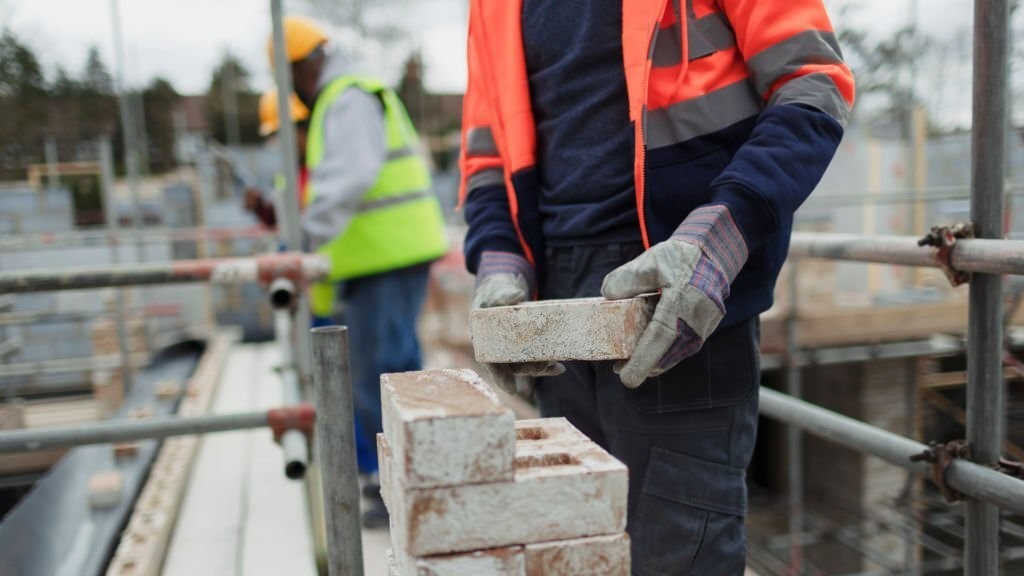
Before golf courses in the Green Belt are considered for development, non-Green Belt alternatives, particularly brownfield sites or underused urban areas, will be explored.
This is reiterated in the government’s NPPF consultation text, where it’s stated explicitly that one of the key objectives of the reforms is to ‘take a brownfield first approach and then release low quality Grey Belt land while preserving the Green Belt’
Brownfield sites, already disturbed by previous development, often require restoration but offer a sustainable solution that doesn’t encroach on protected land. However, it has been shown that there isn’t enough brownfield land to cater to the housing needs of the nation, which is why a more flexible approach to the Green Belt is required.

All in all, our belief is that we need to face the reality of our housing crisis head-on.
While golf enthusiasts enjoy their rounds on expansive courses, countless families are trapped in temporary accommodation or priced out of their local communities entirely. The contrast is stark - in many areas, you'll find multiple golf courses within a few miles of each other, while housing waiting lists grow longer and young people abandon hope of ever owning their own home.
The numbers tell a sobering story. With the government targeting 370,000 new homes annually, and current construction falling woefully short at just 210,000 homes, we need to think creatively about land use. It's hard to justify maintaining multiple golf courses in areas where teachers, nurses, and other key workers can't afford to live near their workplaces. This isn't about demonising golf - it's about questioning whether we've got our priorities right when it comes to land use in a housing crisis.
When we weigh the recreational value of golf courses against the transformative impact of new homes, the scales tip decisively. A single golf course could potentially provide hundreds of new homes, creating opportunities for families to put down roots and build communities.
While golf certainly has its place in our society, the question becomes whether we need quite so many courses when the need for housing is so pressing. After all, wouldn't it make more sense to maintain fewer, higher-quality courses while using some of this land to help solve one of our most urgent social challenges?
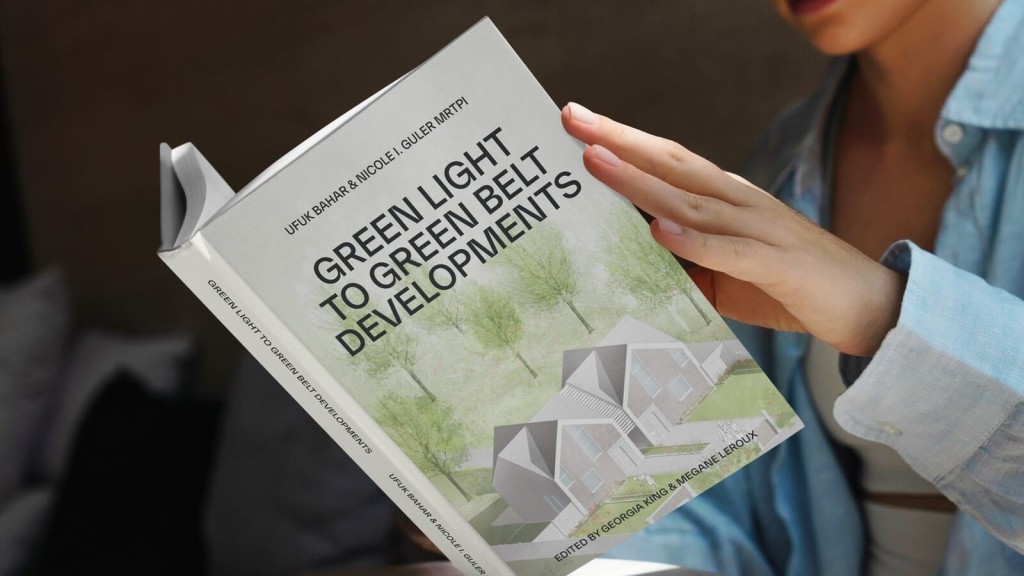
If you’d like to learn more about building in the Green Belt and its extensive history, you might be interested in reading our debut book, ‘Green Light to Green Belt Developments’, which covers the policy from just about every angle.
The book was written by our team to provide more context as to why the policy has persisted for so long, who its biggest advocates and proponents are, and what changes with a new government at the helm.
Of course, if you’d like to discuss your project, don’t hesitate to get in touch. We’re a multidisciplinary team of residential architects and planners who specialise in delivering creative solutions to difficult plots.
Whether your dream project is in the Green Belt or somewhere else in the UK, we’d love to help you realise your vision.

Nicole I. Guler BA(Hons), MSc, MRTPI is a chartered town planner and director who leads our planning team. She specialises in complex projects — from listed buildings to urban sites and Green Belt plots — and has a strong track record of success at planning appeals.
We look forward to learning how we can help you. Simply fill in the form below and someone on our team will respond to you at the earliest opportunity.
The latest news, updates and expert views for ambitious, high-achieving and purpose-driven homeowners and property entrepreneurs.
The latest news, updates and expert views for ambitious, high-achieving and purpose-driven homeowners and property entrepreneurs.
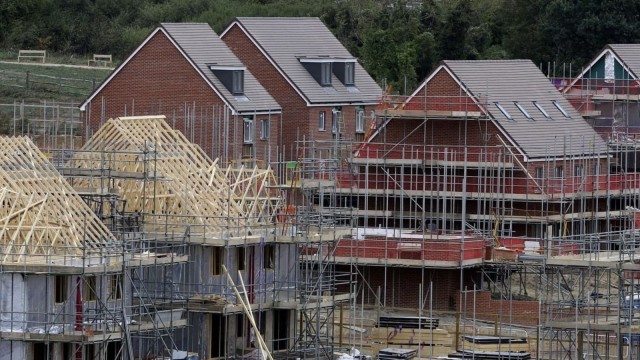
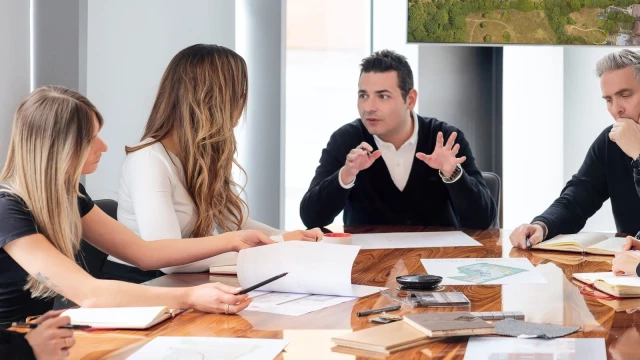
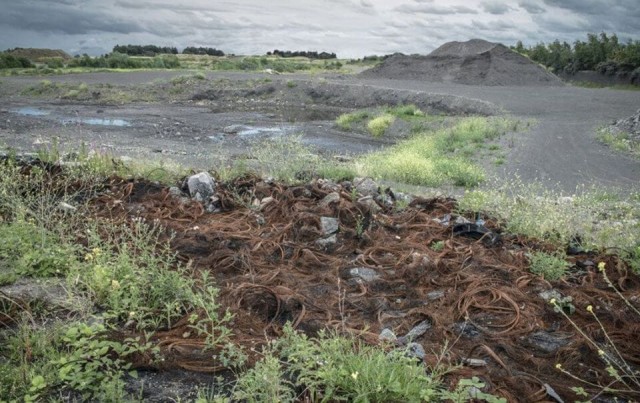
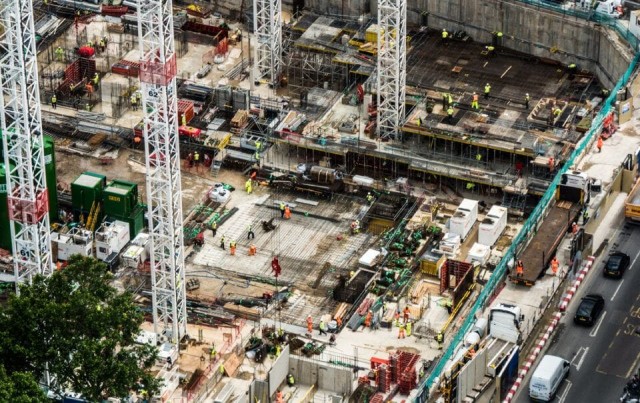
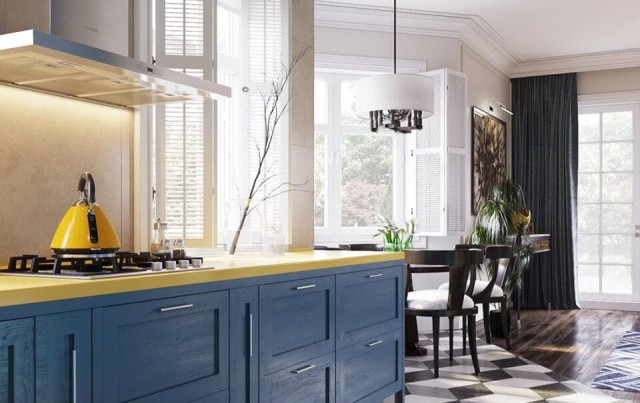
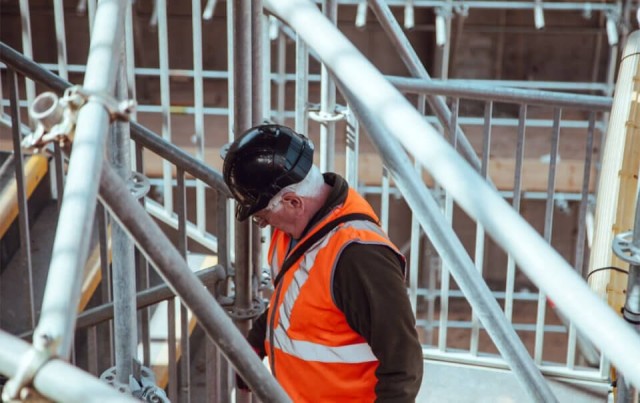
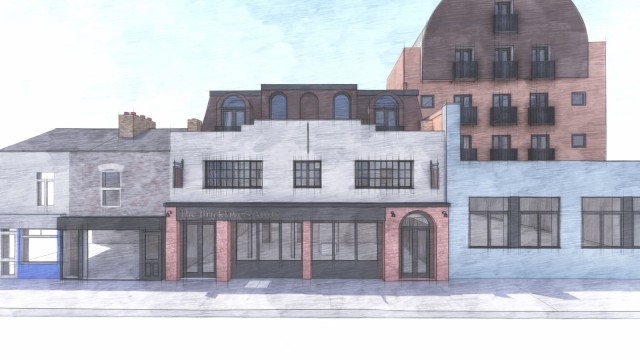
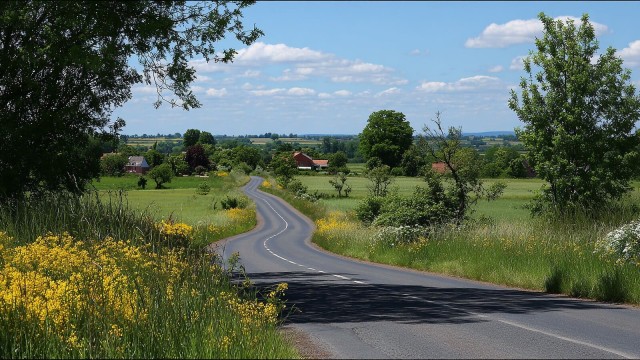


We specialise in crafting creative design and planning strategies to unlock the hidden potential of developments, secure planning permission and deliver imaginative projects on tricky sites
Write us a message